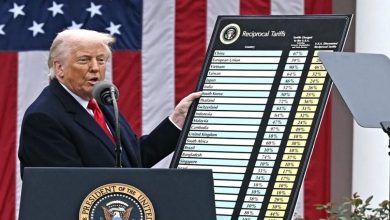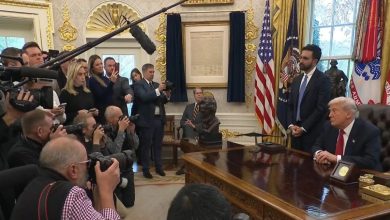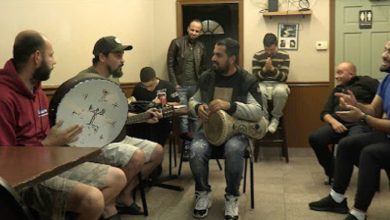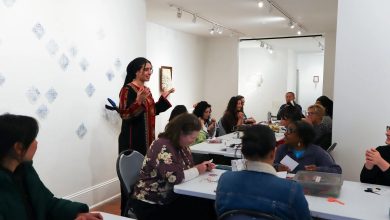The Most Frequently Attended Mosques by Muslims in the United States
Exploring America's Most Popular Mosques and Islamic Centers and Their Role in Muslim Community Life.
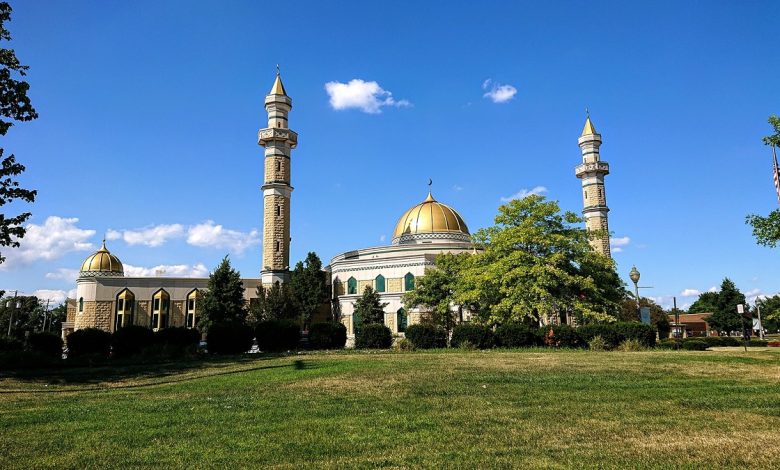
As Islam continues to grow as one of the fastest-expanding religions in the United States, mosques play a vital role in the spiritual, social, and cultural lives of American Muslims. The U.S. is home to over 2,700 mosques, according to the 2020 U.S. Mosque Survey, a significant increase from just over 1,200 in the year 2000. These mosques vary in size, history, and demographics, but a few stand out as the most visited and influential in the country.
Here are the most frequently attended mosques by Muslims in the United States, based on size, national influence, diversity of programs, and congregation size:
1. The Islamic Center of America – Dearborn, Michigan
Key Facts:
-
The largest mosque in the United States
-
Serves a predominantly Arab-American community
-
Hosts over 5,000 worshippers on major religious occasions
Located in Dearborn, which has one of the largest Arab-American populations in the country, the Islamic Center of America is not only architecturally stunning but also deeply embedded in the life of the local and national Muslim community. It offers religious education, interfaith dialogue, youth engagement, and community services.
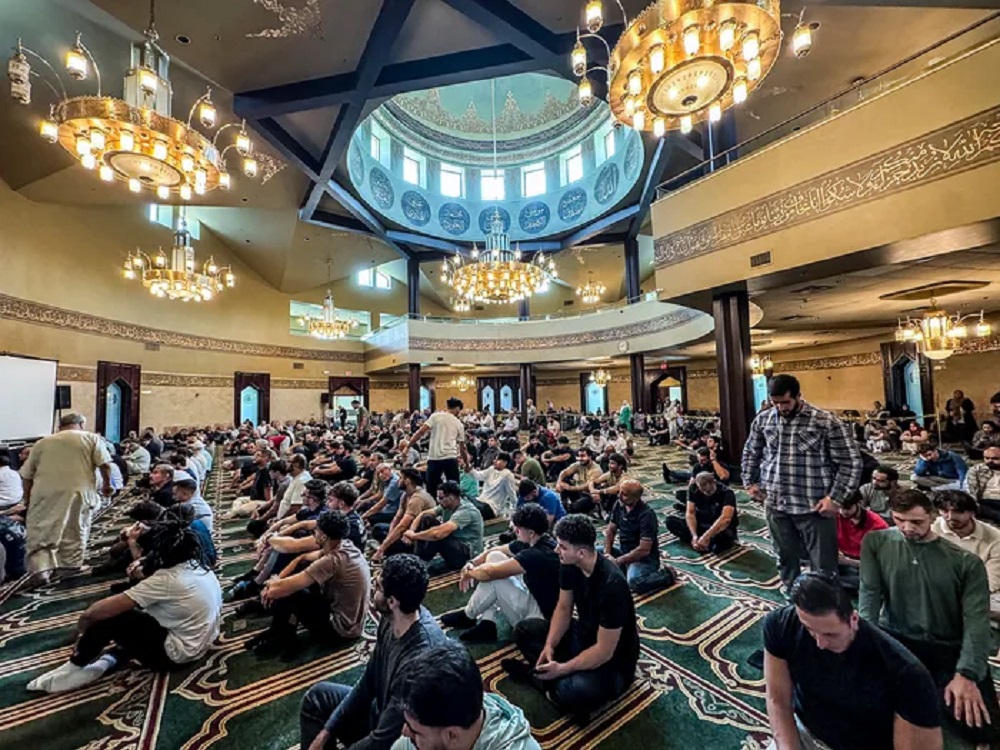
2. Islamic Society of North America (ISNA) – Plainfield, Indiana
Key Facts:
-
Nationally respected organization
-
Hosts the largest Muslim convention in North America annually
-
Major center for religious leadership and scholarship
Though not the largest mosque in terms of building size, the ISNA headquarters is a magnet for Muslims across the country due to its national programs, conferences, and educational efforts. It often attracts scholars, leaders, and families from all over the U.S.
3. The Islamic Center of Southern California – Los Angeles, CA
Key Facts:
-
Established in 1953, one of the oldest in the U.S.
-
Diverse congregation including Arabs, South Asians, African-Americans, and converts
-
Known for active political engagement and social justice work
This center plays a major role in Southern California’s large Muslim population. It offers a range of services from Friday sermons to interfaith initiatives and social justice programs.
4. The Islamic Cultural Center of New York – Manhattan, NY
Key Facts:
-
The first mosque built in NYC with traditional Islamic architecture
-
Serves as a religious and cultural hub for New York’s Muslims
-
Attracts a large, international congregation
Located in Manhattan, this mosque is a centerpiece for Muslims in New York. It combines Islamic tradition with modern American urban life and plays a strong diplomatic and cultural role in interfaith discussions and United Nations-related activities.

5. Diyanet Center of America – Lanham, Maryland
Key Facts:
-
Funded and constructed by the Turkish government
-
One of the most architecturally impressive mosques in the U.S.
-
Attracts large congregations, especially during Ramadan and Eid
This center offers religious services, academic programs, and cultural events. With its stunning Ottoman-style design and large campus, it serves both the Turkish-American community and broader Muslim populations in the DMV (DC-Maryland-Virginia) area.
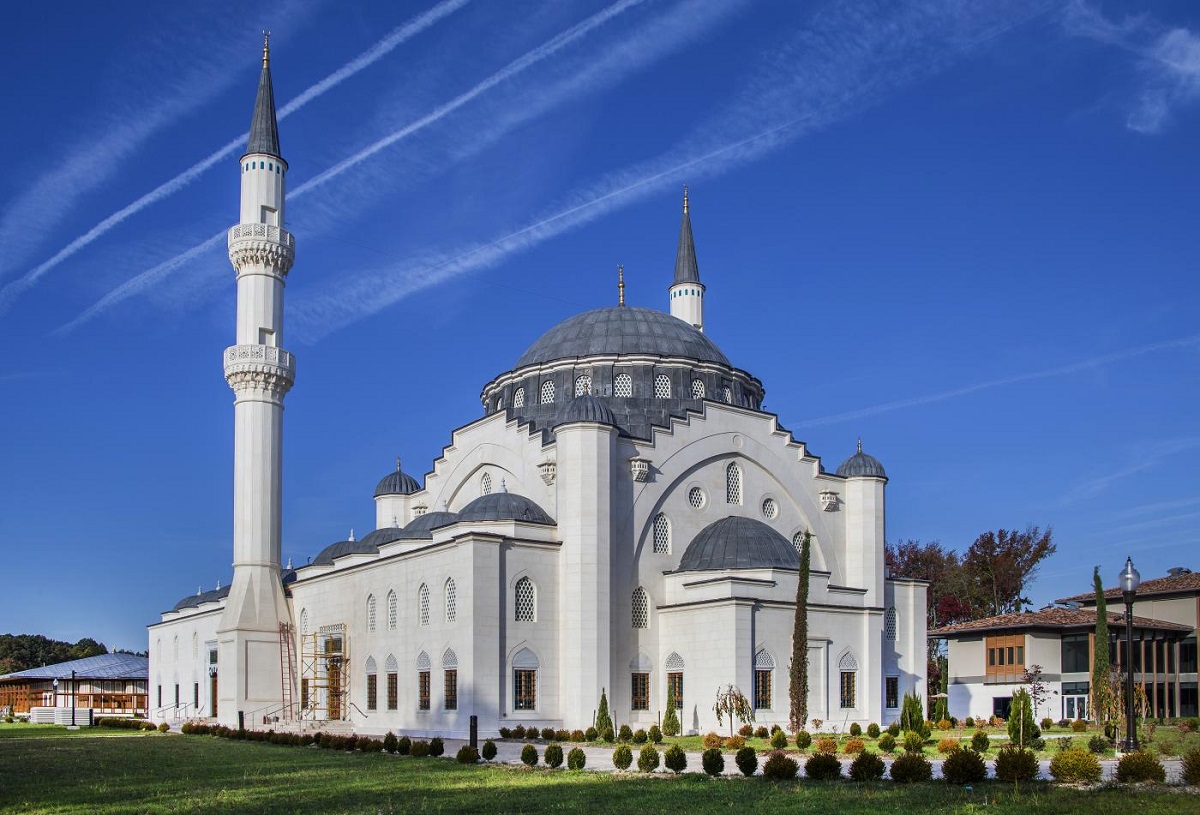
Why These Mosques Matter
These mosques are not just places of worship—they are vibrant centers of community life. They offer:
-
Educational services for children and adults
-
Social services, including food banks, mental health counseling, and refugee support
-
Youth programs that help build identity and resilience
-
Interfaith events that promote understanding and cooperation with other communities
Their high attendance reflects not only religious devotion but also the mosque’s ability to meet the complex social and cultural needs of modern American Muslims.
The mosques listed above are among the most frequented in the United States due to their size, reputation, and active community engagement. They symbolize the growing presence and integration of Islam in American public life. As Islam continues to grow across the U.S., these mosques will remain critical to shaping the future of Muslim identity and interfaith harmony in the country.
